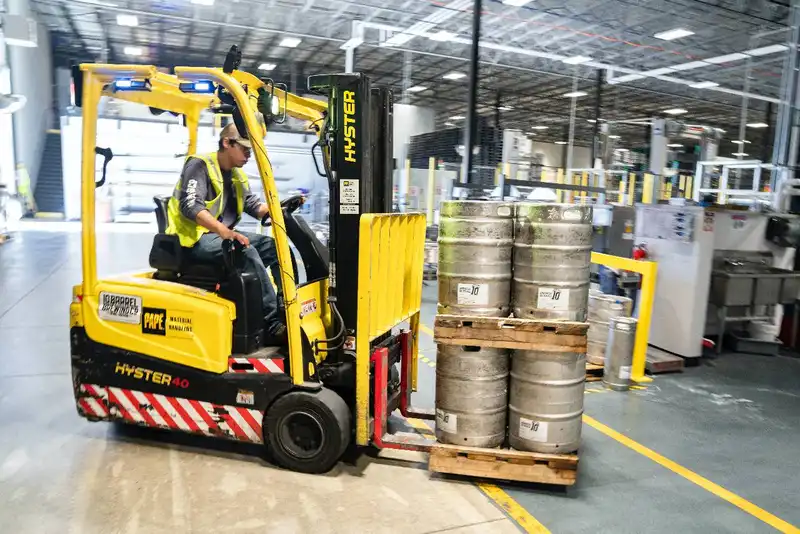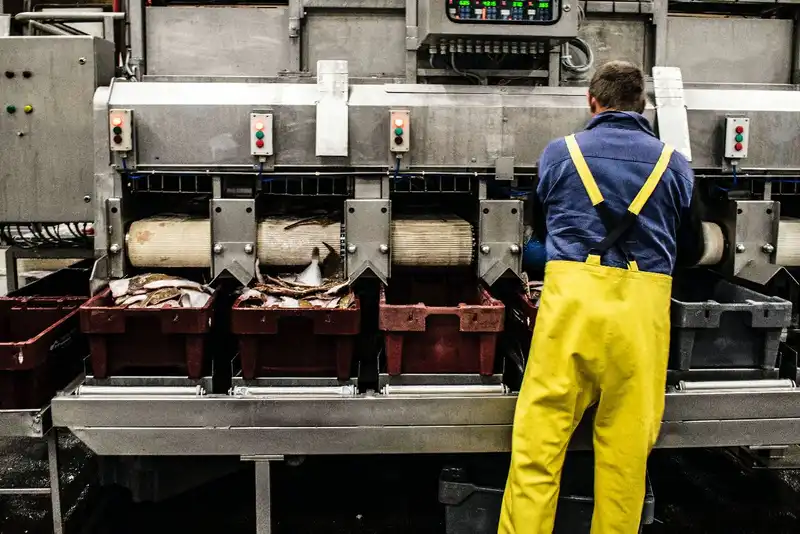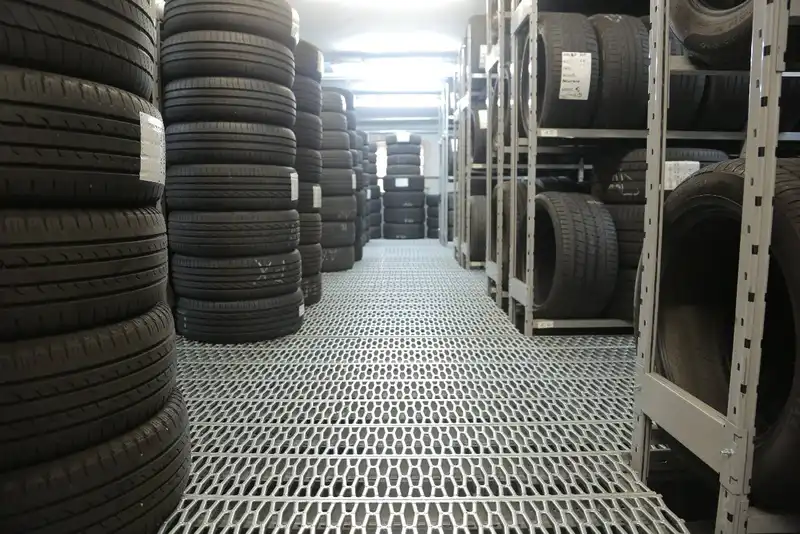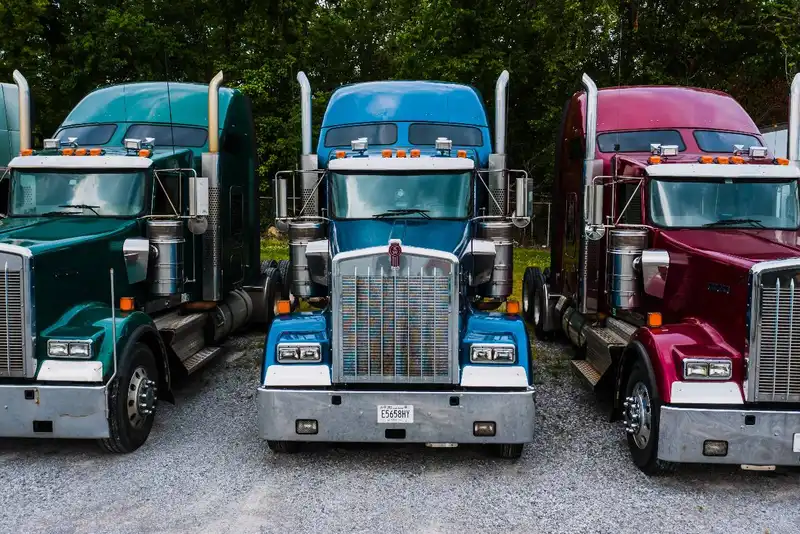Inbound and Outbound Logistics- What's the Difference?
Inbound and outbound logistics manages the transportation needs of business networks, from retrieving the raw materials to delivering the final products to customers.
Without considering the logistical needs of each operation, companies can experience lagging production and delayed shipments. Therefore, organizations should familiarize themselves with the varying functions of inbound and outbound logistics to enhance efficiency and workflow.
What is Inbound Logistics?

Inbound logistics refers to the network of processes that move goods to and from businesses. This includes every logistics management aspect required to transport, hold, and ship products across multiple suppliers.
While the type of materials handled will depend on the industry, inbound logistics processes can control raw goods for manufacturers, components for vendors, and finished products within the assembly line. In other words, this process manages the operational needs to transform materials into finalized goods.
Logistics managers need to calculate the quantity of raw supplies they need to meet the output requirement. Without successful inbound logistics, production can run out of crucial materials and fall behind schedule.
On the other hand, businesses don't want to order too many supplies as this can clutter facilities and create additional holding costs. Therefore, managers need to tailor their logistics to their company operations to find the balance between a surplus and a shortage.

Optimizing inbound logistics can boost production and maintain a smooth workflow throughout the supply chain. In order to optimize the inbound logistics system, managers must understand the inner workings of each process, from receiving to shipping goods. While small businesses can handle their logistics network in-house, many larger companies recruit help from third-party logistics providers (3PL).
For example, if a business receives more orders and needs to increase production to meet the rise in demand, 3PLs can cover all dependent operations. Increasing production requires hiring additional labor for manufacturing and distribution, larger warehouses, additional facilities, more equipment, a robust transportation team, and possibly more suppliers.
Companies can also implement ordering software to automate reorders based on real-time stock levels to maintain the production schedule. With advanced solutions, management can search and contact suppliers to order additional raw materials based on who can fulfill their order, meet their deadline, and remain in budget.
What is Outbound Logistics?

Outbound logistics refers to transporting finished products from a business to the customers. The outbound logistics network typically includes multiple partners - the manufacturer, distributor, retailer, and transportation team. Once the manufacturer finalizes its product, the goods are either transferred to distribution companies or straight to the consumers via retailers.
Outbound logistics processes are developed around consumer demands by providing items on time. Some companies send out products directly to the customer on an order-by-order basis, while others employ large distributors and fulfillment centers that use private carriers to make the final delivery.
Optimizing outbound logistics can be difficult as it depends on a continuously fluctuating market and customer demand. Managers must also consider the type of goods and the number of distributors to plan shipments accurately.

Unlike inbound, outbound logistics handles the final product, which may be more fragile than the raw materials, requiring extra care from carriers. This could entail additional packaging expenses to secure items and ensure safe transport.
Outbound logistics requires extensive transportation management as managers are responsible for orchestrating shipments between the manufacturer and clients. As companies may have contracts with several stores, e-commerce retailers, distribution companies, and other partners, logistics managers have to handle shipments to various destinations. There is also the added pressure of providing fast shipping as online shoppers increasingly expect rapid delivery.
By optimizing outbound logistics processes, companies can save on holding and shipping expenses by determining the most opportune delivery windows. Without proper outbound logistics management, delayed deliveries can impact buyer relationships.
Inbound vs. Outbound Logistics

In order to fully understand the company's logistics landscape, management should be able to clearly differentiate between inbound and outbound logistics. While both processes contain similar functions, they have different goals and interactions.
1. Inbound logistics includes buying, keeping, and transporting goods to production facilities, where items are assembled. On the other hand, outbound logistics handles the packaging and distributing the finalized products to consumers.
2. While inbound logistics focuses on sourcing raw materials for production, outbound logistics handles the distribution channels and customer service.
3. Inbound logistics manages the usage of raw materials within manufacturing, while outbound logistics oversees the transportation of finished goods from the company to the consumer.
4. In inbound logistics, the supplier and company interact to orchestrate the sourcing of materials. In outbound logistics, the interaction is between the company and its customers.
Businesses should be able to clearly differentiate between the responsibilities of inbound and outbound logistics to maximize their operational efficiency. By optimizing logistics management, companies can proportionately increase production levels to boost sales and customer satisfaction.





